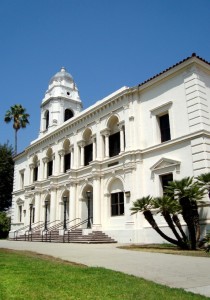
50 million students in the US still attend public school, funded by a combination of local, state, and federal taxes.
Perhaps back in our day, choosing a school was a lot simpler. You had either public or private schools. Parents now have a wide range of options with which to educate their children, some of which being quite complicated to understand the difference. Let’s go through the options that may be available in your area, how they are similar, and how they can make a difference in your child’s educational experience.
Public schools
50 million students in the US still attend public school, funded by a combination of local, state, and federal taxes. That being said, even the public school system now has layers:
Charter schools are schools established by an entity outside of the school system, such as a community group or a for-profit corporation, that operate under a charter (sort of like a contract) with the school district. They receive per-student funding at the same level as traditional schools, but they might also fundraise for themselves. Cost of attendance is free.
Charters tend to target an underserved segment of the district’s population. Charters are often granted because the group says they can reach those particular students better than the district can.
Magnet schools are established by the school district. They might be a school-within-a-school or have their own campus. Each magnet specializes in a certain program, like STEM or the arts. They tend to be made available to every student throughout the district. Some districts provide busing so more students can attend the magnet.
Turnaround schools are those under state or federal oversight for a recent history of continued failure. The governing body has often taken some control of the school from the local district (such as replacing the administration or the entire faculty). They might have even turned the school over to a charter organization. These schools then receive more funding and more oversight in an effort to turn the school’s performance around.
Private schools
Most people are familiar with parochial schools, those that are affiliated with some sort of religious organization. There are about 32,000 of such schools across the country. Most are run by a Catholic diocese, but there are also protestant and other religious orders that run parochial schools. They are funded by tuition, donations, and endowments and do not have to answer to the local school system. Students receive religious education in addition to their general education courses.
Independent private schools have no religious affiliation but operate in a similar way to parochial schools. The funding sources are the same, but a difference might be in the competitive nature of these schools. In large areas with multiple independent schools in addition to the public school district, they try to differentiate themselves from the crowd by offering cutting-edge courses and experiences. After all, they are a non-profit business.
